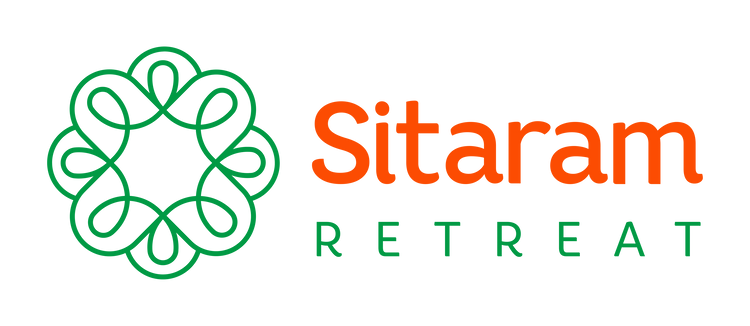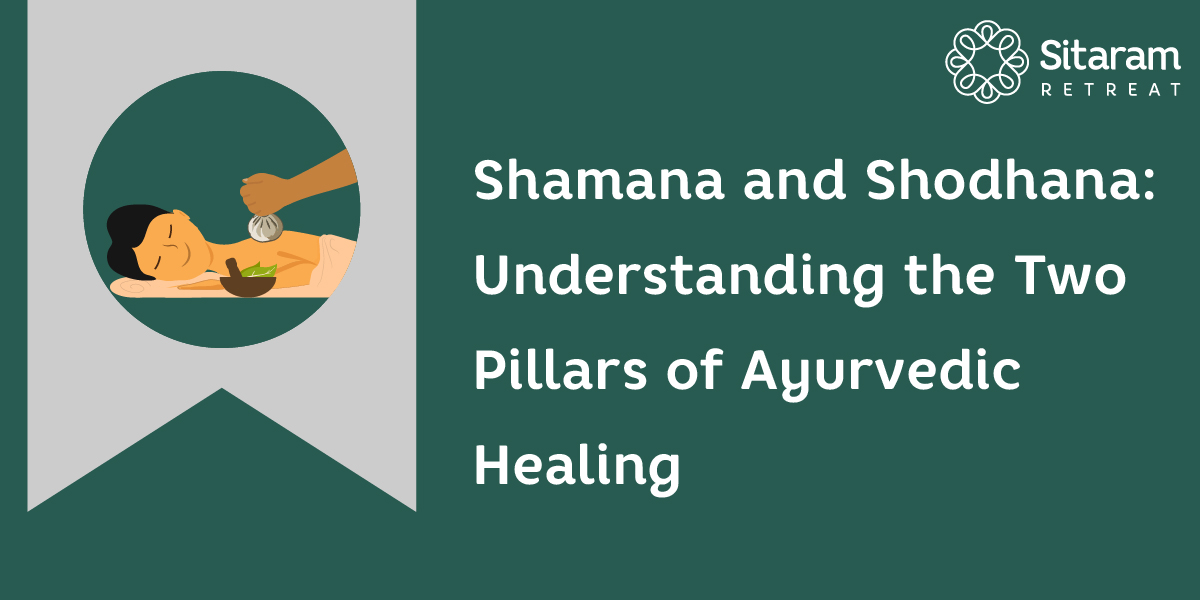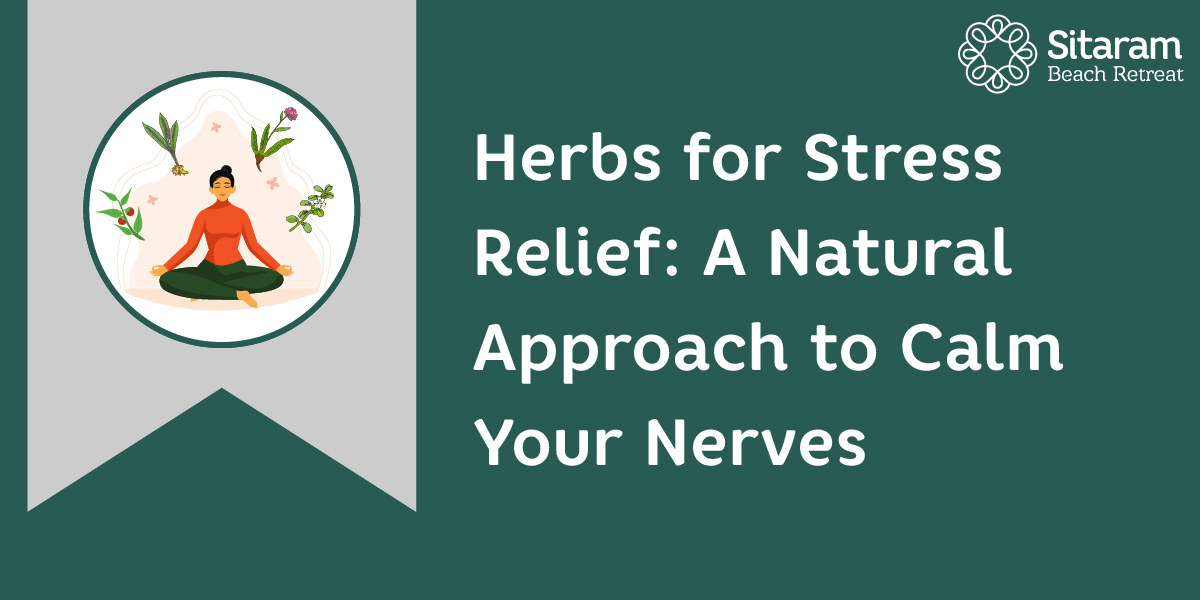The Eight Branches (Ashtanga) of Classical Ayurveda
By Vignesh Devraj

Many of us only have a basic understanding of Ayurveda. What do we think of when we hear Ayurvedic medications? Herbs? That refreshing feeling from the goodness of nature? Oil massage? And what more.? However, the timeless science of Ayurveda covers a staggeringly wide range of topics other than what we might think of.! It’s not just herbal remedies although herbal drugs form a major part of the Ayurvedic system of medicine.
The Ashtang Ayurveda, often known as the Eight Branches of Ayurveda, is a group of eight types of Ayurvedic therapies available for different categories. Starting from looking at a person’s overall health to including everything from internal medicine to pediatrics to geriatrics, rejuvenation, surgery, and even sexual health.
EIGHT BRANCHES OF AYURVEDA
- Kaaya Chikitsa (Internal Medicine)
- Baala Chikitsa (Treatment of Children / Pediatrics)
- Graha Chikitsa (Demonology / Psychology)
- Urdhvaanga Chikitsa (Treatment of disease above the clavicle)
- Shalya Chikitsa (Surgery)
- Damstra Chikitsa (Toxicology)
- Jara Chikitsa (Geriatrics, Rejuvenation)
- Vrsha Chikitsa (Aphrodisiac therapy)
KAYA CHIKITSA: INTERNAL MEDICINE.
The word “Kaya” stands for “Agni,” the bodily fire responsible for digestion. Since the word “kaya” can also refer to the body itself, it has been assumed that the digestive fire is just as vital to survival as the body itself. It oversees the body’s metabolism. Many ailments are brought on by an imbalance in this “Agni” principle. By restoring Agni to balance, the practice of Kaya Chikitsa focuses on treating common illnesses like fever, diarrhea, cough, skin problems, bone disorders and so on. It stems from the Charak Samhita.
BAALA CHIKITSA: PAEDIATRICS.
The origin of Baala Chikitsa or Kaumarbhritya can be traced back to the era of the sage by the name of Kashyapa, one of the founders of the Ayurvedic school of pediatrics. The well-known manuscript known as Kashyapa Samhita was created with assistance from his disciple Vriddha Jivaka, who helped record and encode his master’s knowledge in pediatrics.
Infants and children are unable to communicate their grievances, unlike adults. They require a different dosage of medicine than adults, and the medications must be safe for their systems as well. Due to these distinctions, Kumarbhritya or Baala Chikitsa, a distinct branch of medicine under the spectrum of Ayurvedic studies, was required. The pediatric branch of Ayurvedic science for healing (Bala Chikitsa) thus describes illnesses, therapies, dietary suggestions, and natural and herbal cures for a variety of ailments affecting children.
GRAHA CHIKITSA: PSYCHOLOGY
The psychological branch of Ayurveda known as Graha Chikitsa deals with ailments of the mind, diseases having psychosomatic roots, and other maladies. Psychosomatic disorders are those that are rooted in variables, affecting mental health but do not have obvious symptoms. Herbs are also discussed in this area along with how they can be used in an atmosphere favorable for people with psychosomatic disturbances. It discusses herbal remedies, food, the usage of particular mantras, pranayama (breathing exercises), meditation techniques, and yogic therapies for mind healing.
URDHVANGA/ SHALAKYA: EENT
You may be familiar with therapies like Netradhara, Karnapoornam, Gandoosham, or Shirolepa frequently if you enjoy Ayurveda. What you might not be aware of is that Shalakya Chikitsa, is the branch of Ayurveda that forms the foundation for these therapies. The Shalakya Tantra focuses on the use of herbal remedies, holistic therapies, and cleanses to alleviate illnesses and imbalances in body portions above the shoulders. Shalakya Tantra is the field of EENT (otorhinolaryngology and ophthalmology) and ophthalmology that corresponds to Ayurveda and deals with disorders of the brain, central nervous system, skull, throat, ears, nose, and lips. The subspecialties of this subject include Netra Chikitsa aka ophthalmology), Karna Chikitsa aka otology, Nasya Chikitsa i.e rhinology, Mukharogachikitsa i.e. dental and laryngology, and Shiro Roga Chikitsa also called craniology.
SHALYA CHIKITSA: SURGERY.
The Sushrut Samhita, one of the earliest works on Ayurveda, lists the first surgical treatment ever performed by wise doctor Acharya Sushrut. He holds the title of “father of surgery” in Ayurveda due to his contributions to the subject. Dr. Nisha Manikantan, a distinguished Ayurveda physician, writes in her book Ayurveda Simplified that Acarya Suruta performed difficult operations like rhinoplasty (an operation utilizing skin flaps) when surgery was yet novel in Europe. The ancient Indians were the forerunners in many complex operations, including cesarean sections, cranial surgeries, obstructed labor, how to conduct prosthetic surgery for artificial limbs, and cosmetic surgery on the nose and other areas. These procedures were discovered to have been carried out between 3,000 and 5,000 years ago.
The Shalya Tantra describes the appropriate equipment to use, bandages to wear, and sutures to utilize for various treatments. It also describes general processes, energy spots (marmas), and even anesthesia methods.
DAMSHTRA CHIKITSA: FORENSIC AND TOXICOLOGY.
Agada Tantra, also known as Damstra Chikitsa, is the area of Ayurvedic toxicology that deals with the prevention and treatment of poisons in the body. It has a time context to it. General bites and attacks by animals, birds, insects, or worms were usual prior to modernity when there was more wilderness surrounding the areas where humans lived. In order to address the fatal poisoning that occurred from these events, medical studies developed what is now known as Damstra or Agada Tantra. It addressed poisoning caused by metals, plants, vegetables, animals, or man-made chemicals. However, this branch of Ayurveda also considered water and air pollution as a mode of poisoning that needed to be cleaned up for human health and well-being.
JARA OR RASAYANA CHIKITSA: REJUVENATION THERAPY.
This area of Ayurveda focuses on the science of ultimate longevity and rejuvenation, as well as ailments and disorders associated with aging. In order to improve quality of life and live a healthy life filled with vigor and vibrancy, it discusses preventive healthcare, advice, treatments, and herbal remedies (rasayana). No matter a person’s age, degenerative problems are dealt with by jara chikitsa (jara means degeneration). This section of Ayurveda discusses many rasayanas, such as the Ausadha Rasayana (drug-based), the Ahara Rasayana (dietary), and the Achara Rasayana (behavioral discipline). The Jara Chikitsa system of healing contains techniques for enhancing strength, immunity, vitality, youth, brilliance, pleasant emotions, and virtues. With the aid of diet and herbal remedies, Rasayana attempts to correct dosha imbalances, rekindle intestinal Agni, and restore health.
VRSHA CHIKITSA: APHRODISIAC THERAPY
This area focuses on enhancing fertility and promoting the sexual well-being of both men and women. The condition of reproductive organs is the main topic. It is a branch that discusses sex, potency, strength, excitability, regimens, procedures, diets, herbal medicines, and therapies to take care of reproductive organs, as well as problems including erectile dysfunction, infertility, premature ejaculation, and sex dysfunction.
As a result, Ayurveda is a system that extensively applies herbal knowledge to every aspect of the human body.


 retreat@sitaramayurveda.com
retreat@sitaramayurveda.com +91 813 8888 912
+91 813 8888 912





